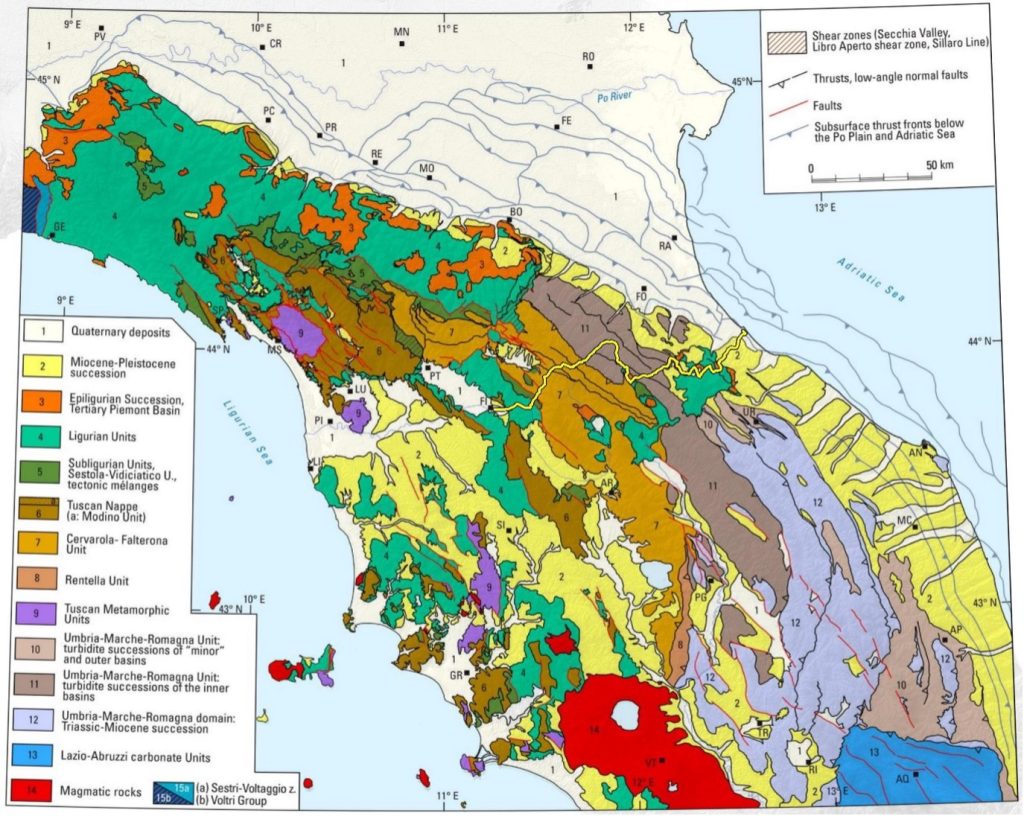Oxygen - is Sunshine Needed?
Geologists used to think that free oxygen is the result of life, cholesterol and sunshine. But THIS ARTICLE suggests that we will have to change our ideas. The article is based on THIS ACADEMIC PAPER in Nature Geoscience.
The authors discovered an increase of oxygen concentration with depth while studying metallic nodules on the bed of the Pacific. These nodules contain "interesting" (i.e profitable) metallic elements and there is pressure to mine them.
The authors were commisioned to studt the impact that mining would have on the seafloor ecosystem. Part of their study was to look at oxygen levels. They expected to find a decline with depth. They discovered the opposite and that the oxygen was coming from the nodules.
The mechanism of oxgen production is thought to be electrolysis of seawater caused by potential difference between metal ions within the nodules.
This newly discovered source of oxygen may lead to a rethink of biological evolution and the oxygenation of the Earth!
What it does to the prospects of deep sea mining promises to be interesting.



